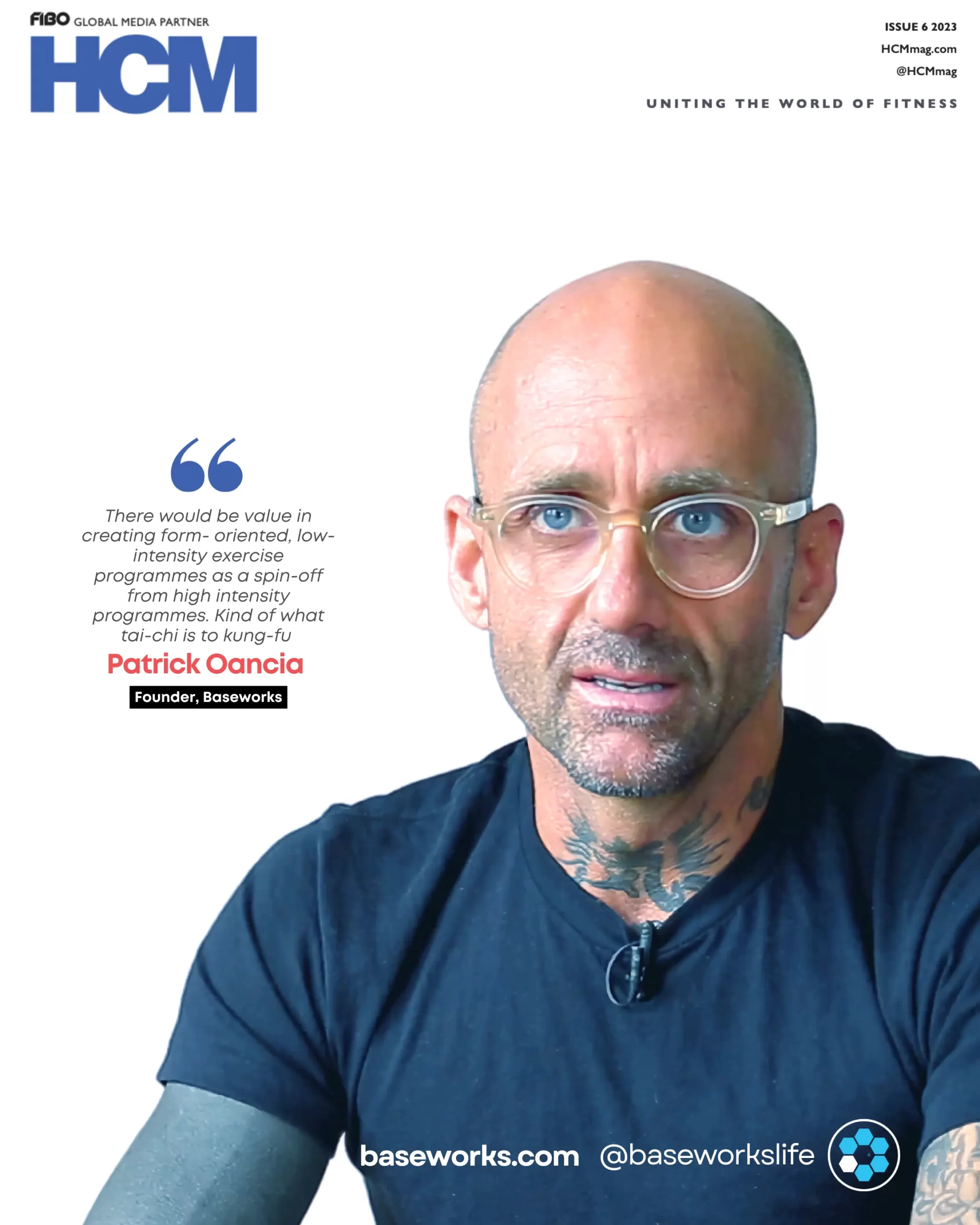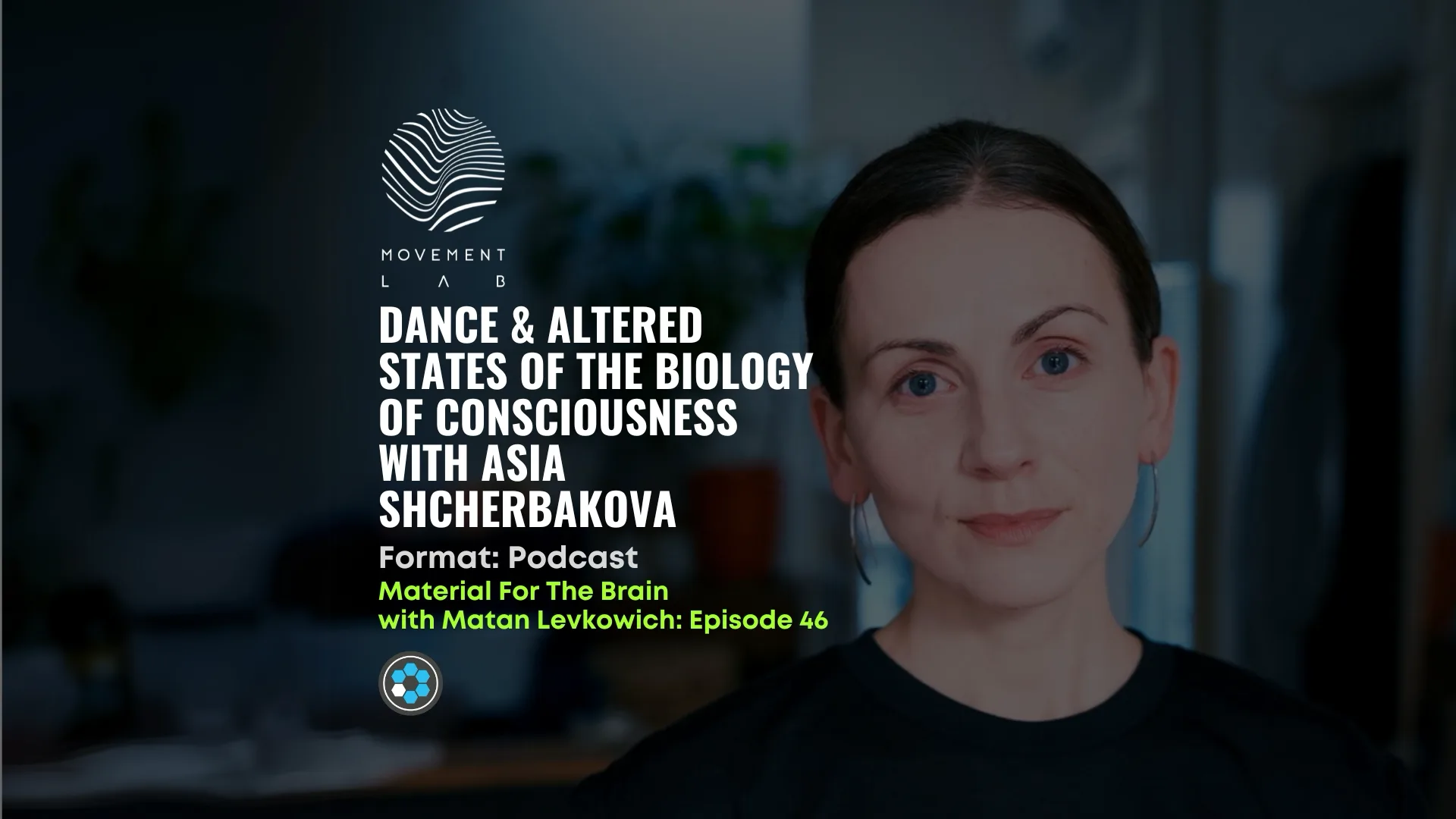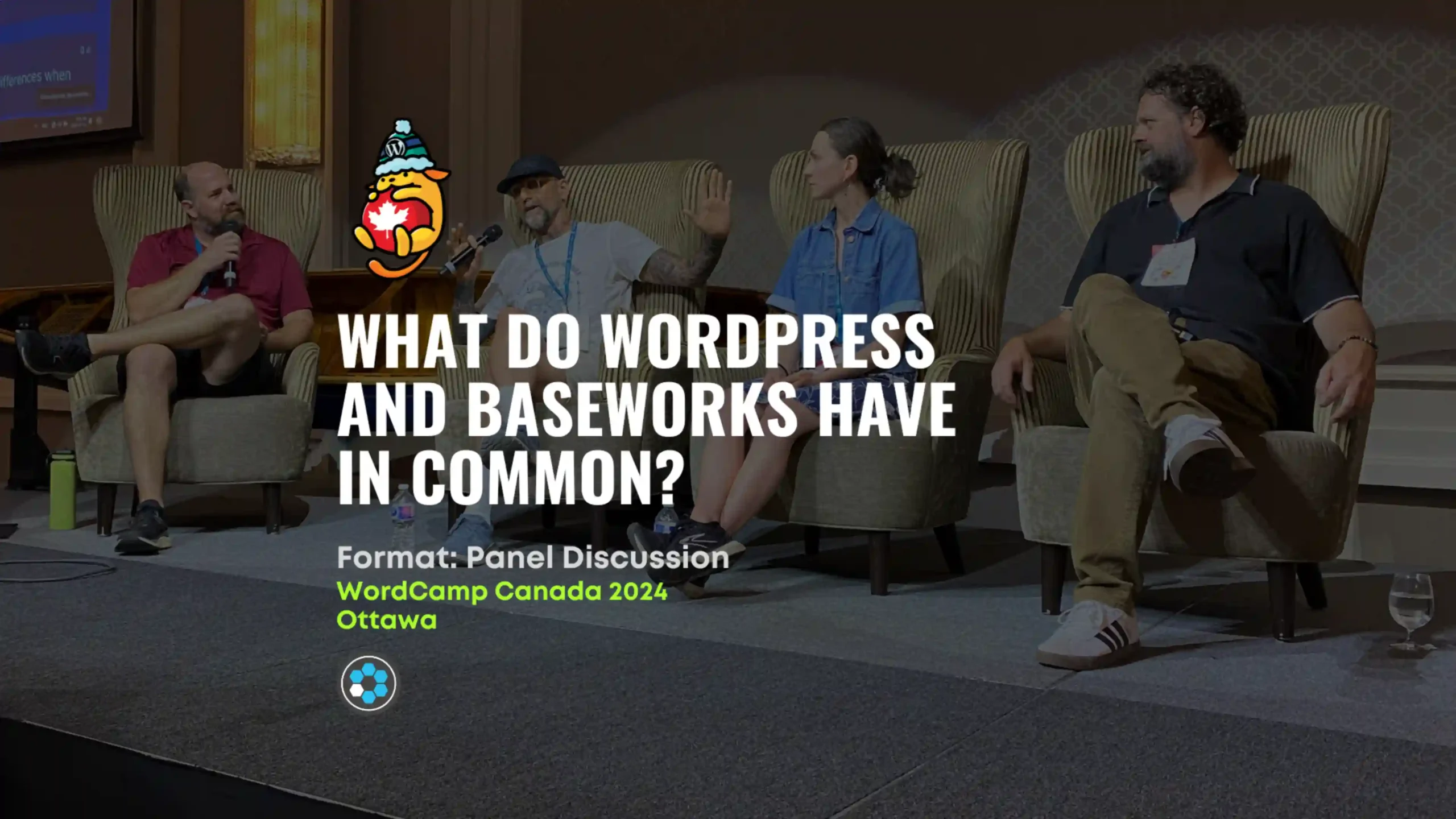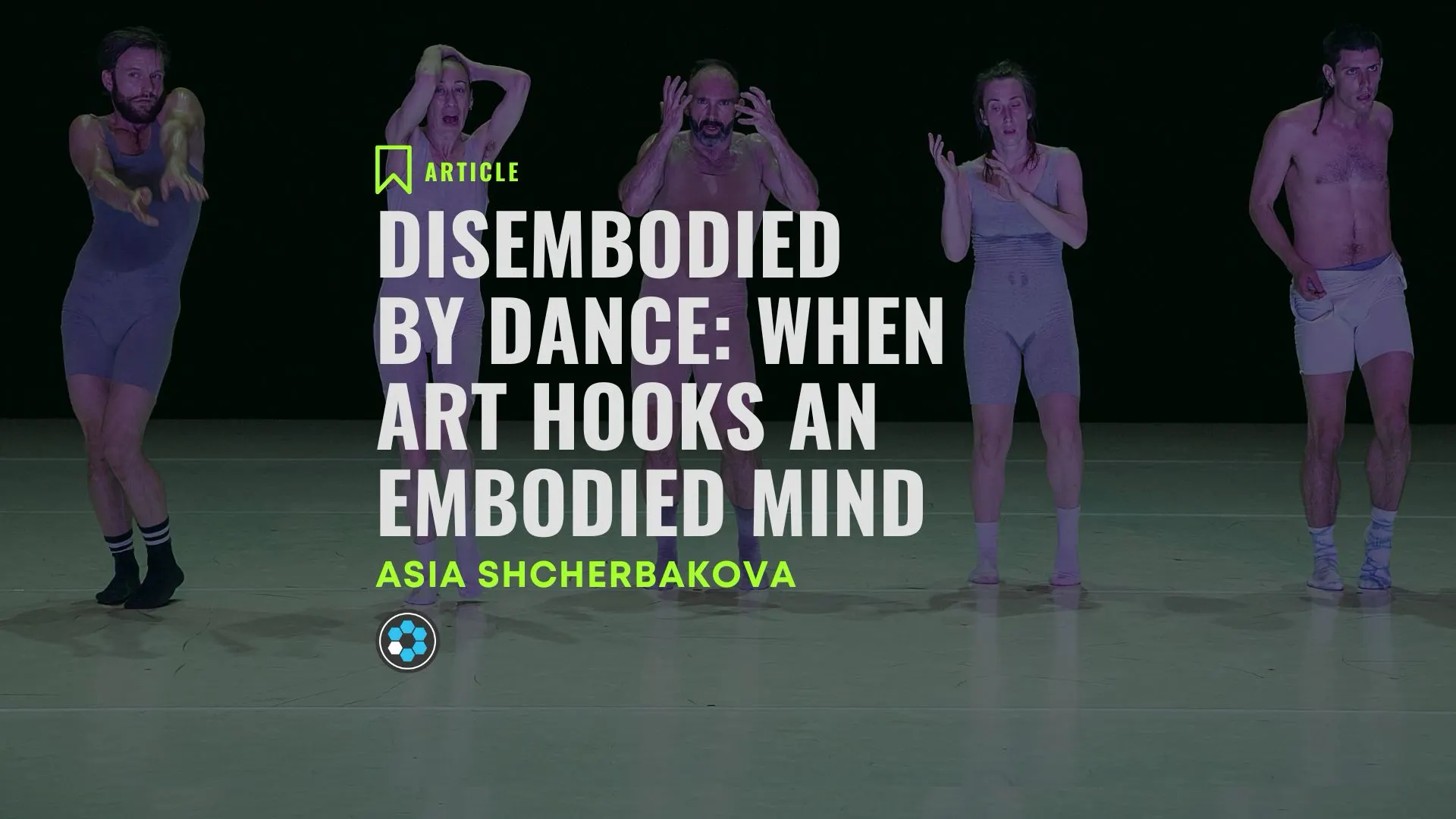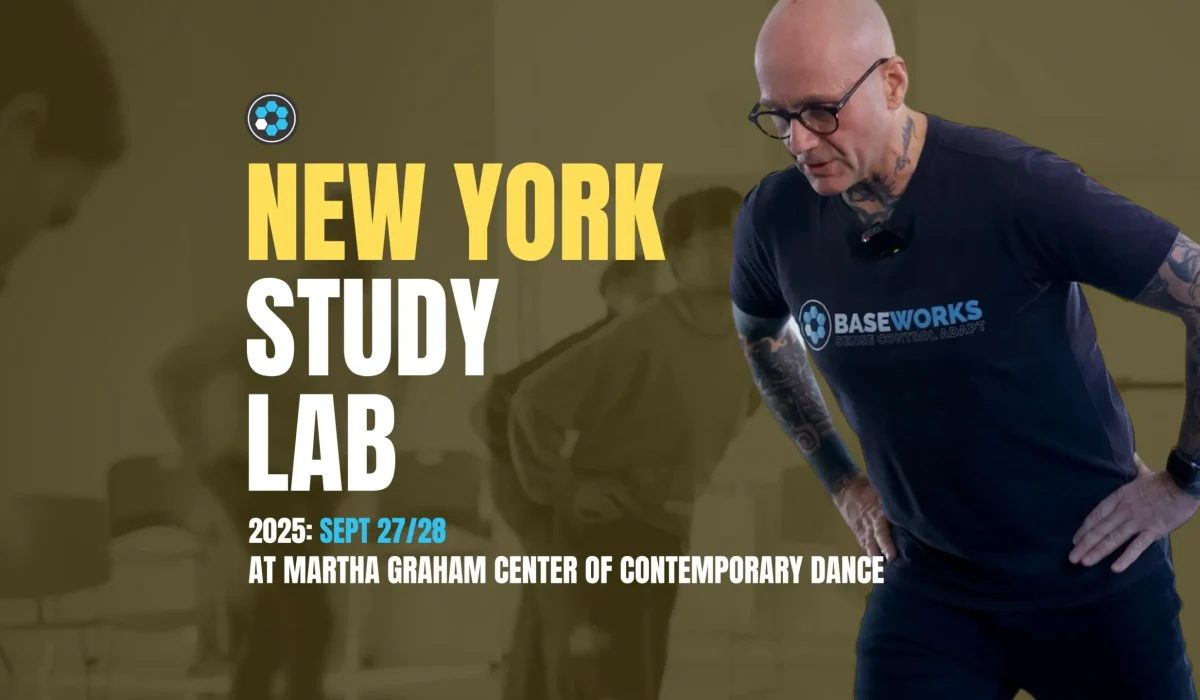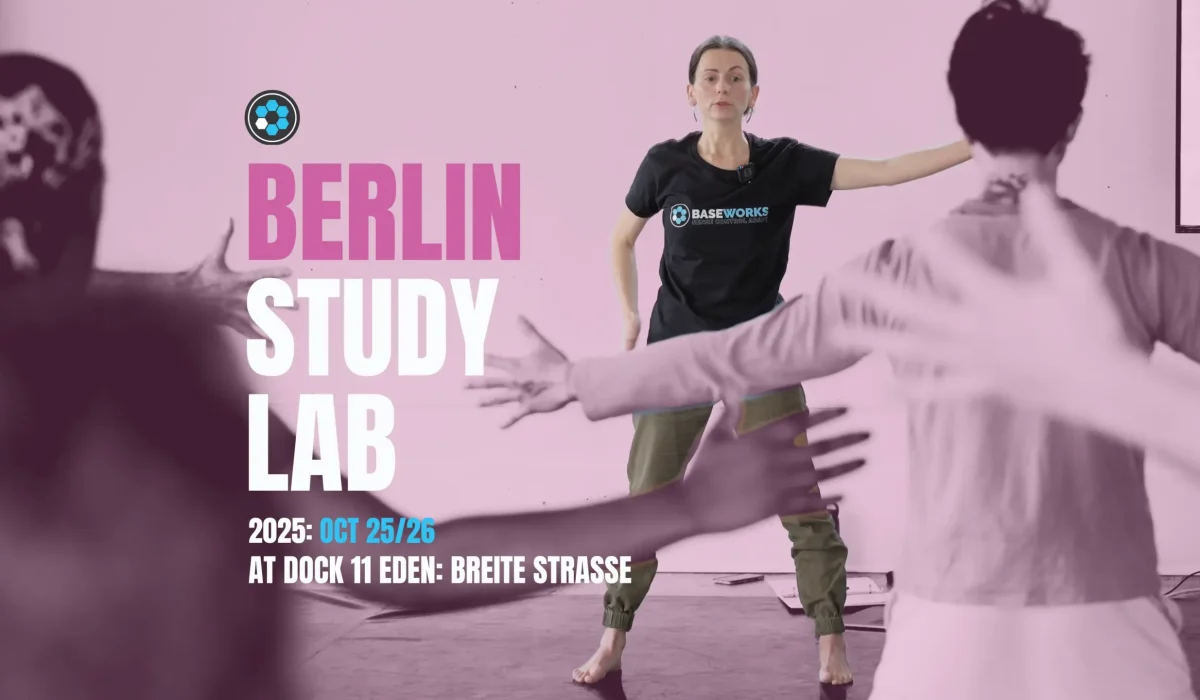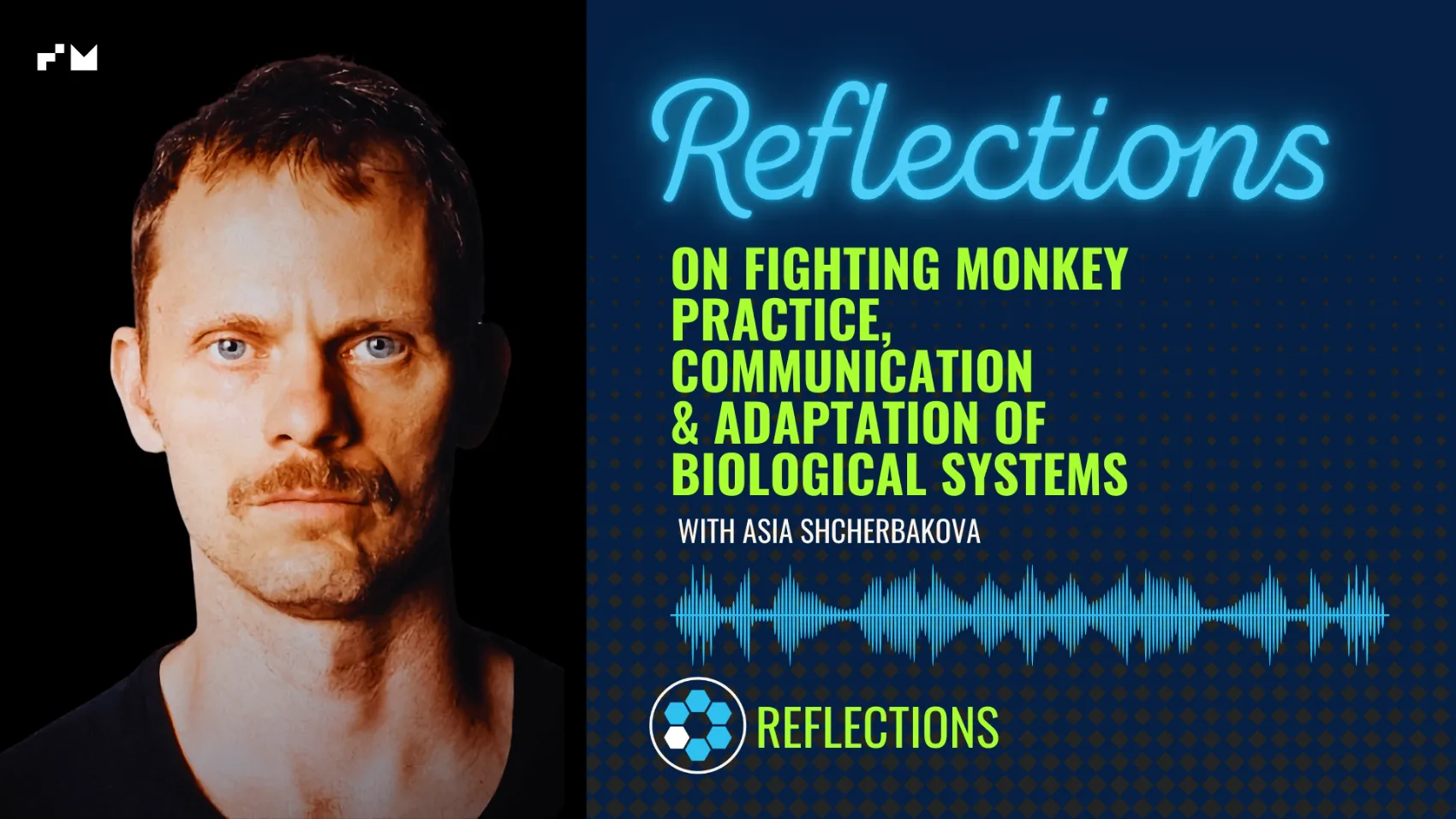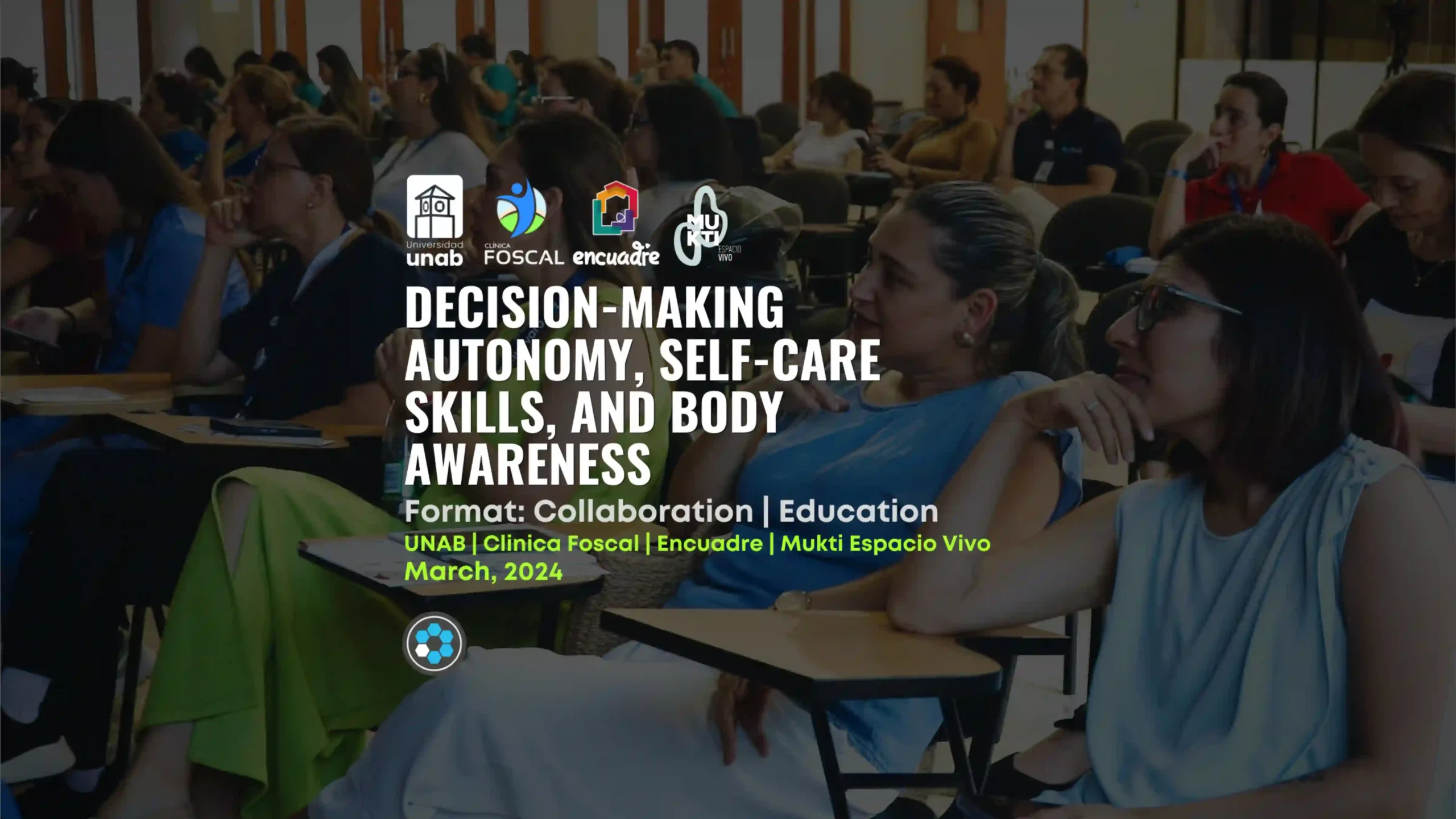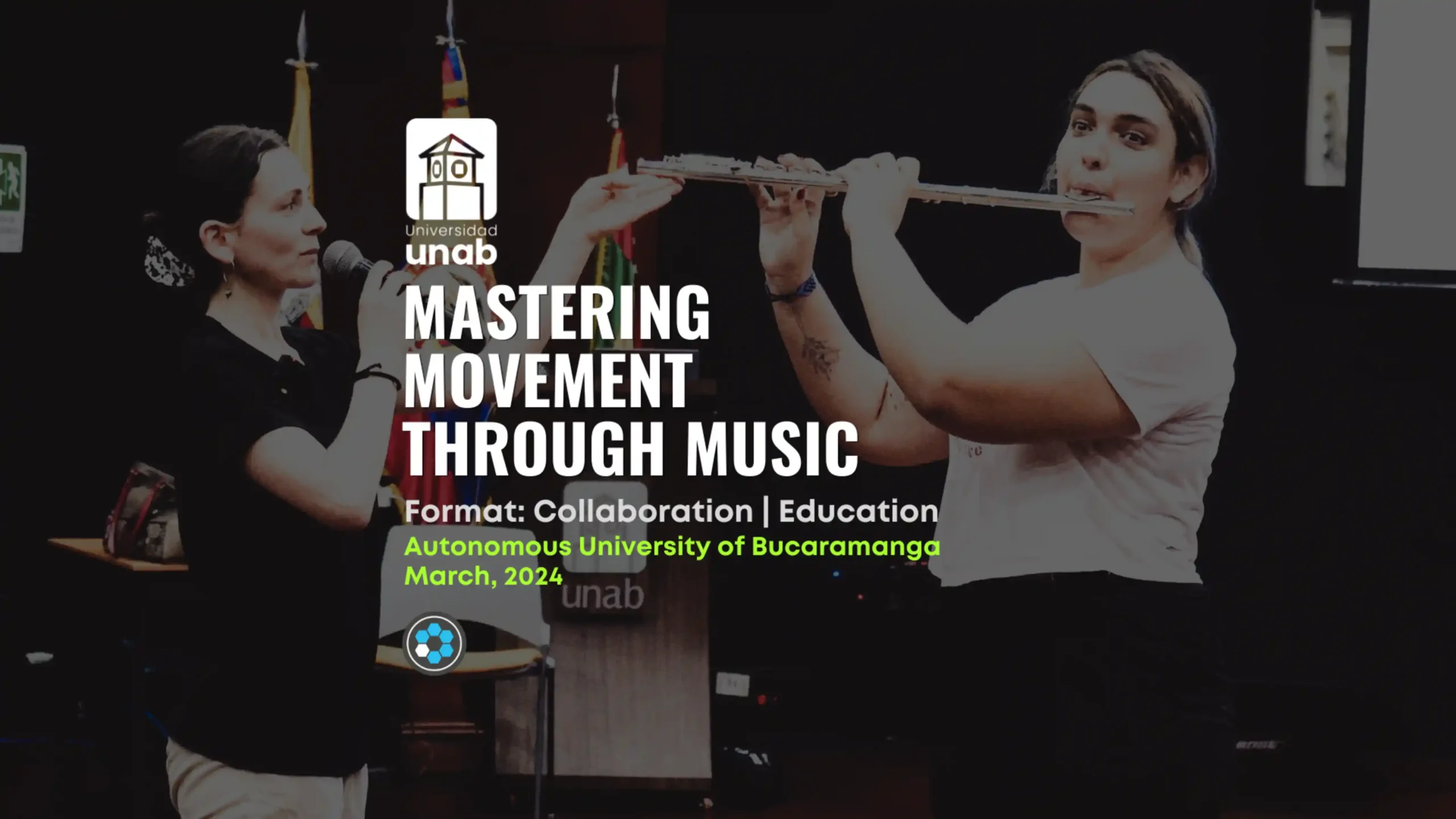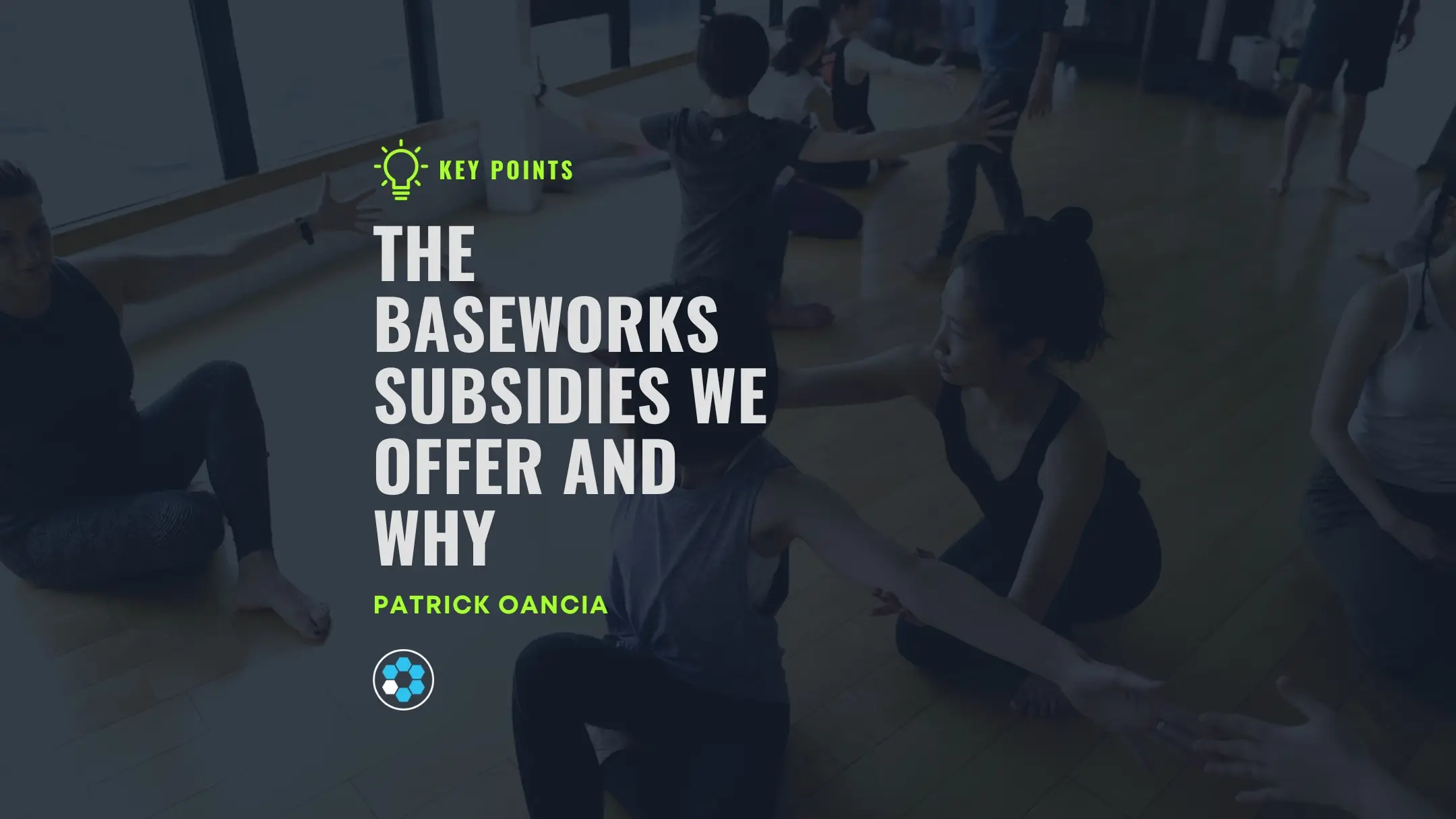Embracing a new approach to the rise of low-intensity exercise programs
In a fitness world where high-intensity workouts often dominate the narrative, in this Health Club Management magazine article by Kath Hudson, Patrick Oancia, the visionary behind The Baseworks Method, highlights the importance of the rise of low-intensity exercise programs. He proposes that the fitness industry should explore the development of form-oriented, low-intensity workouts, drawing a parallel to how tai chi is to kung fu.
The neglected foundations
Patrick spotlights a significant aspect frequently overlooked in high-intensity exercise modalities—the significance of foundational techniques. He advocates for the creation of exercise programs that prioritize proper form and technique, potentially emerging as spin-offs from existing high-intensity regimens.
Beyond the facade
One prevalent issue Patrick identifies is the misconception that low-intensity exercise classes are merely high-intensity programs with the more strenuous components removed. He believes there’s untapped potential to address a variety of fitness goals effectively through low-intensity programs.
Age-appropriate fitness
Low-intensity exercise isn’t exclusively beneficial for older individuals. Patrick suggests that individuals between the ages of 30 and 50, managing multiple responsibilities and possibly experiencing diminished vitality compared to their 20s, could also reap rewards from such programs. These classes could serve as a means to reduce stress levels, cultivate resilience against heightened stress, and enhance mental clarity.
The learning curve
However, Patrick’s insights extend beyond the value of low-intensity exercise programs; they also emphasize the critical role of education and expertise in promoting this fitness paradigm shift. He recognizes that while low-intensity workouts offer numerous benefits, there’s a need to educate individuals, especially those accustomed to high-intensity, calorie-burning routines, about the advantages of these gentler forms of exercise.
Fitness professionals, in particular, play a pivotal role in this educational process. To effectively guide participants towards embracing low-intensity exercise, they must acquire a deeper understanding of how various factors, such as lifestyle choices and stress levels, impact the body. This knowledge equips them with the tools to tailor fitness regimens that align with individual needs and goals.
In some instances, it may be beneficial for these low-intensity exercise classes to be led by instructors with extensive life experience. Such instructors can better relate to the target audience, especially those who are managing multiple responsibilities and facing the challenges of midlife. Their empathy and understanding can create a supportive and encouraging atmosphere in which participants feel comfortable exploring the benefits of low-intensity workouts.
Patrick’s perspective thus highlights that the shift towards low-intensity exercise isn’t merely about changing workout routines; it’s also about transforming the way individuals perceive fitness. Education and expertise within the fitness industry play a crucial role in making this transition smoother and more accessible to a diverse range of participants.
In essence, Patrick Oancia’s insights underscore that the fitness landscape is evolving, embracing a more inclusive and holistic approach to physical activity. This shift not only caters to those seeking gentler exercise but also recognizes the importance of informed guidance and relatable instruction in fostering a healthier and more balanced fitness journey.
Trivia: Research Reinforces the Appeal of Low-Intensity Workouts
Research has shed light on the effectiveness of low-intensity exercise programs. An ACE-sponsored study on Reduced Intensity High-Intensity Training (REHIT) reveals that these gentler workouts offer benefits comparable to traditional, more intense routines. Notably, these benefits accumulate throughout the day, leading to improved cardiometabolic health and calorie burning.
About Kath Hudson
Kath Hudson is an experienced journalist with 27 years of experience in health and leisure reporting. Contributor to top B2B titles like Spa Business, Health Club Management, Attractions Management, and CLAD, as well as consumer publications such as Mountain Bike Rider, The Evening Standard, Women’s Health, and Yoga and Health. In relation to her own experience with regular physical practice, Kath Hudson has observed a significant shift towards gentle exercise modalities. She personally reflects on her experience with a restorative yoga class, emphasizing how it has become a vital support strategy. While she admits that a few years ago, she would have considered such sessions a waste of time, she now cherishes those 75 minutes of relaxation each week.
